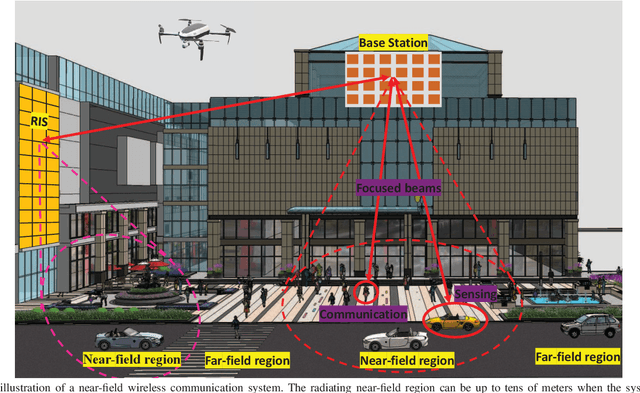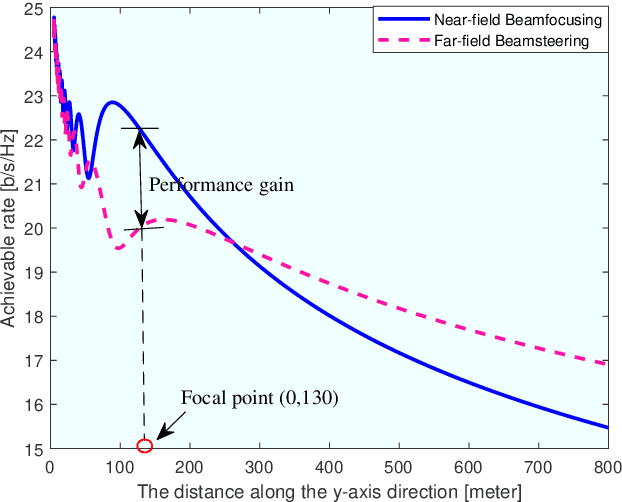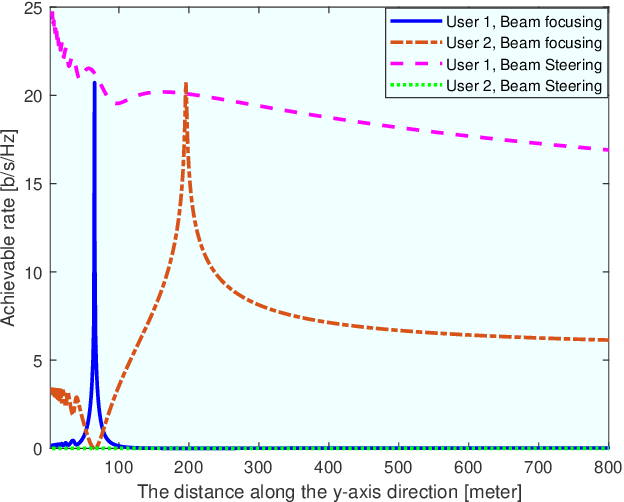6G Wireless Communications: From Far-field Beam Steering to Near-field Beam Focusing
Paper and Code
Mar 24, 2022



6G networks will be required to support higher data rates, improved energy efficiency, lower latency, and more diverse users compared with 5G systems. To meet these requirements, extremely large antenna arrays and high-frequency signaling are envisioned to be key physical-layer technologies. The deployment of extremely large antenna arrays, especially in high-frequency bands, indicates that future 6G wireless networks are likely to operate in the radiating near-field (Fresnel) region, as opposed to the traditional far-field operation of current wireless technologies. In this article, we discuss the opportunities and challenges that arise in radiating near-field communications. We begin by discussing the key physical characteristics of near-field communications, where the standard plane-wave propagation assumption no longer holds, and clarify its implication on the modelling of wireless channels. Then, we elaborate on the ability to leverage spherical wavefronts via beam focusing, highlighting its advantages for 6G systems. We point out several appealing application scenarios which, with proper design, can benefit from near-field operation, including interference mitigation in multi-user communications, accurate localization and focused sensing, as well as wireless power transfer with minimal energy pollution. We conclude with discussing some of the design challenges and research directions that are yet to be explored to fully harness the potential of this emerging paradigm.
 Add to Chrome
Add to Chrome Add to Firefox
Add to Firefox Add to Edge
Add to Edge